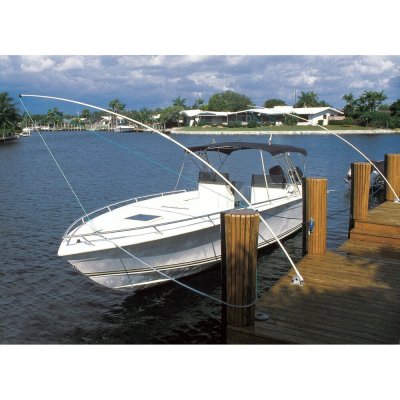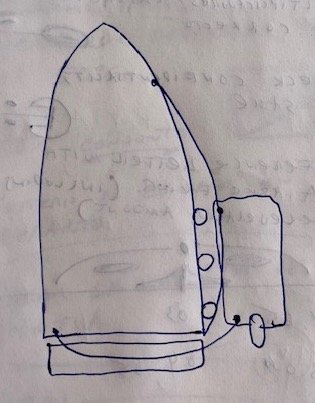Owen Christensen
Veteran Member
Does anyone here do this ? I’m starting to try. I built a pulling yoke that hooks to my swim deck about five feet apart. Line runs through two pvc pipes to a latch that hooks to the Whaler tow eye, like a V. This seems to keep the Whaler a couple feet back and stops it from bumping. I expect this will only work a low speeds and I’ll need to drop it back on a long tow line above hull speed.
I’m also trying to use side lines to keep the Whaler straight behind when pulling into the fuel dock. ideas?
Owen
I’m also trying to use side lines to keep the Whaler straight behind when pulling into the fuel dock. ideas?
Owen


